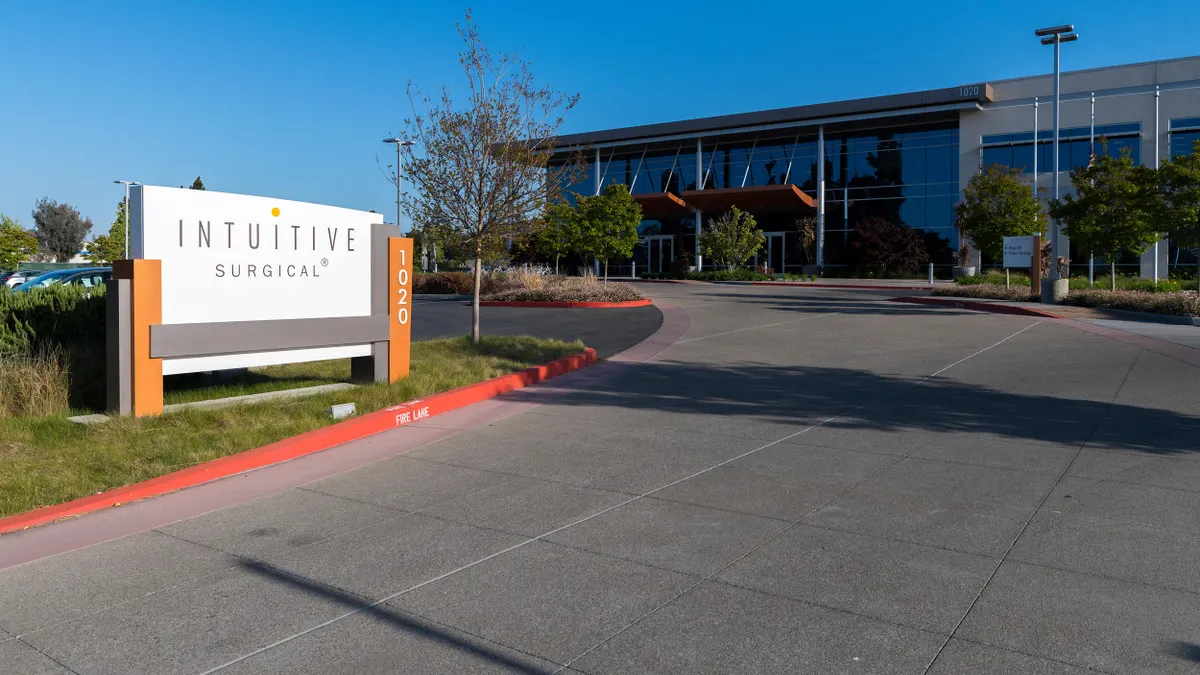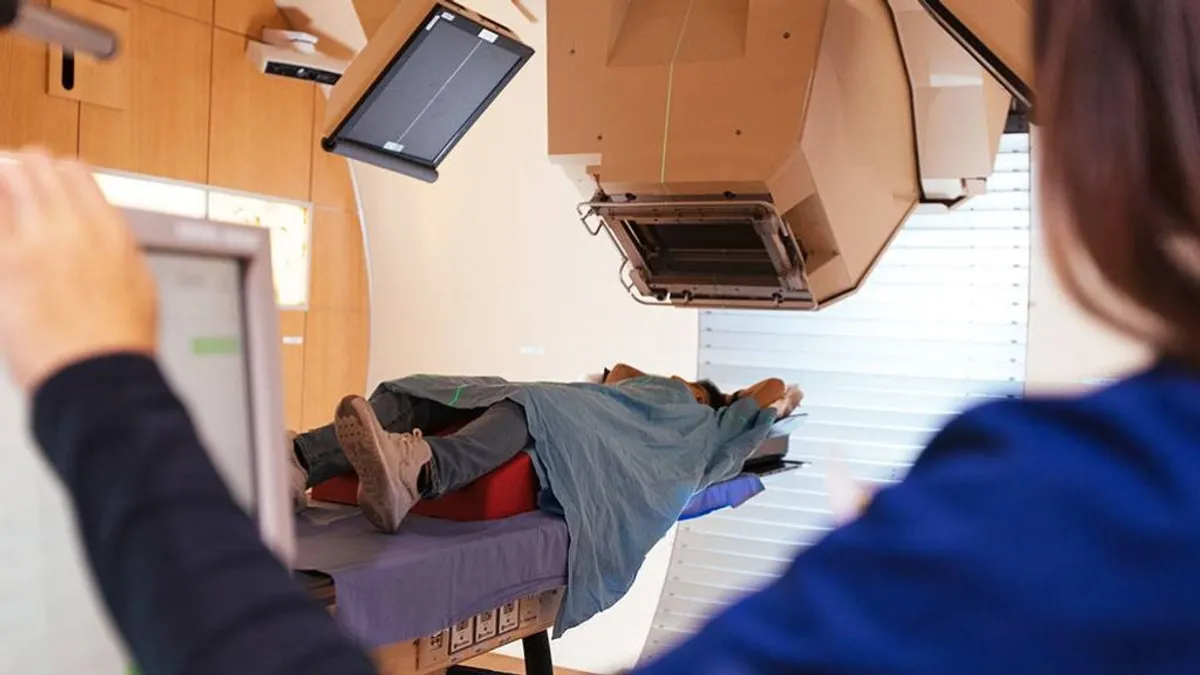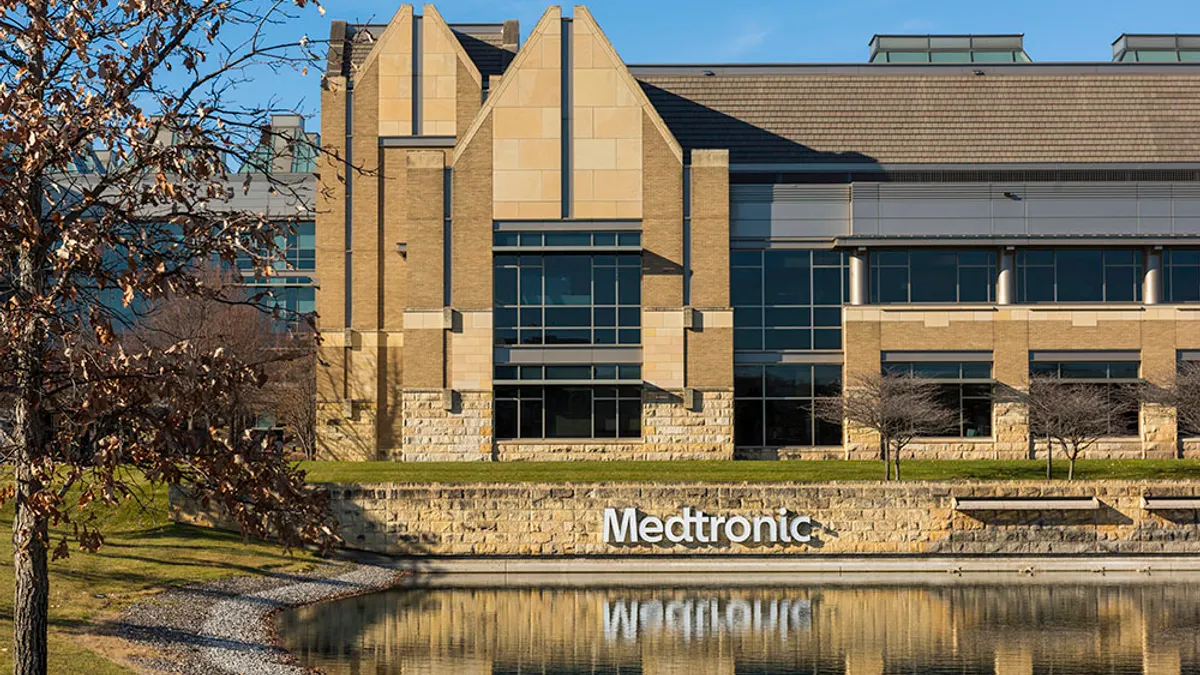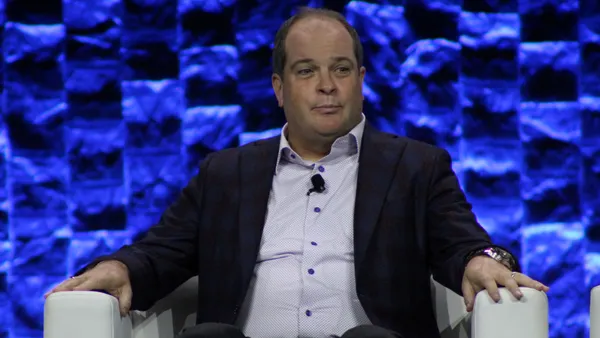Johnson & Johnson, the world's largest drugmaker and one of its oldest, is splitting in two in a major corporate shake-up that's meant to boost the value of the company's main businesses.
In a statement Friday, J&J said it will separate its consumer health division, which sells well-known brands like Tylenol, Listerine, and Band-Aids, into a new publicly traded company. The top executives of the yet-to-be-named company will be "determined and announced in due course" as the separation progresses, J&J said.
J&J will retain its prescription drug and medical device units and keep in place its current leadership plan. CEO Alex Gorsky, who's lead J&J for almost a decade, will step down as planned from his position at the end of the year and become executive chairman. Joaquin Duato, who heads the company's executive committee, will succeed Gorsky and lead J&J after the split.
J&J expects to complete the separation in the next 18 to 24 months.
Duato said that the pharmaceutical and medical device units overlap in certain areas and will benefit by remaining together.
"Our pharmaceutical and medical device segments are united by their shared and complementary focus on scientific research and development to serve similar end-users, patients and healthcare providers," Duato said during Friday's call. "These businesses also operate in similar regulatory and competitive environments, and we fully expect synergies across these segments in the way we approach our business."
Gorsky told investors splitting the units will also allow for the companies to be more agile on their own, saying that J&J's pharma and medical device company will continue to compete in and to "acquire where we see significant unmet need or significant growth opportunities into our business."
J&J's medical device business has brought in $20.2 billion in sales through the first three quarters of 2021, representing growth of 23.4% over the same period in the pandemic-hit 2020. In 2019, the unit brought in $19.3 billion over the first nine months of the year.
Orthopaedics, which accounts for roughly one-third of all medical device sales, has been up and down during the pandemic as non-emergency procedures are shut down and restarted according to COVID-19 surges.
Challenges from the delta variant surge drug the ortho unit in the third quarter, with revenue remaining flat over last year. The surgery unit, however, saw 11.8% growth despite procedure shutdowns in regions of the U.S. and other countries.
Ashley McEvoy, J&J's worldwide chair for medical devices, told inventors during an Oct. 19 earnings call that some hospitals were returning to normal operations in the final weeks of September.
"When I talk to hospital systems over the past three weeks, in particular in the United States, they are ramping up again and resuming elective procedures," McEvoy said. "We're keeping our eye on vaccination rates, patient sentiment, the cold weather. But we are planning for a strong recovery in quarter four versus how we exited quarter three."
The device chief did warn investors that diagnostic visits were down, which could impact future procedure volumes.
The reorganization would break up a company that's been a mainstay of corporate America for many decades. J&J, which was founded by brothers James and Edward Johnson in 1886, has been part of the Dow Jones Industrial Average since 1997, when it was added alongside Walmart and Hewlett Packard.
Now worth roughly $430 billion, it's the most valuable publicly traded pharmaceutical company in the world and among the 15 largest corporations in the U.S. by market value.
Recently, though, J&J has become enmeshed in a series of legal battles over its role in the opioid overdose epidemic in the U.S., and over alleged harms caused by its pelvic mesh and talc-based baby powder. The company has controversially sought to shield itself from tens of thousands of lawsuits involving the latter product by placing its potential liability within a corporate subsidiary, which it's put into bankruptcy protection.
By breaking itself in two, J&J is following a pattern that's seen many large pharmaceutical companies shift away from a conglomerate business model. Drugmakers had previously expanded into adjacent industries as a way to provide steadier revenue, but now see greater value in focusing more narrowly on higher-margin prescription medicines.
Pfizer, for instance, has merged its generic drugs unit with Mylan and spun its consumer health business into a joint venture with GlaxoSmithKline that will soon become an independent company. Merck & Co. last year said it would split its women's health and older drug products into a separate business. Novartis, which broke off its eye care business in 2019, recently announced it's considering a sale or separation of its generic drug unit Sandoz.
Outside of the pharmaceutical industry, General Electric, a similarly long-lived American corporation as J&J, also announced this week that it would separate its three primary divisions into separate companies.
J&J said the planned split is similarly aimed at better targeting its considerable resources. Each new company will have a financial profile that "more accurately reflects the strengths and opportunities of each business," J&J said.
"We believe that the new Johnson & Johnson and the New Consumer Health Company would each be able to more effectively allocate resources to deliver for patients and consumers, drive growth and unlock significant value," Duato said.
For J&J, that means a bigger push into drug research, an effort headed by investments into cancer and immunology that have been critical to the growth of its pharmaceutical business. Over the last decade, J&J made key deals for rights to the blood cancer drugs Imbruvica and Darzalex, each of which have become multibillion dollar products.
The company has also shown interest in cell and gene therapies, most notably a multiple myeloma treatment that could soon win approval from regulators. All told, the prescription drug business and the medical device unit, which sells orthopedics, surgical tools and other products, are expected to generate $77 billion in sales this year. Separating from consumer health would help "accelerate" experimental products within each of them, J&J said.
J&J intends to have the structure of its consumer health business outlined by the end of 2022. As a standalone business, it is projected to generate about $15 billion in revenue in 2021.






















